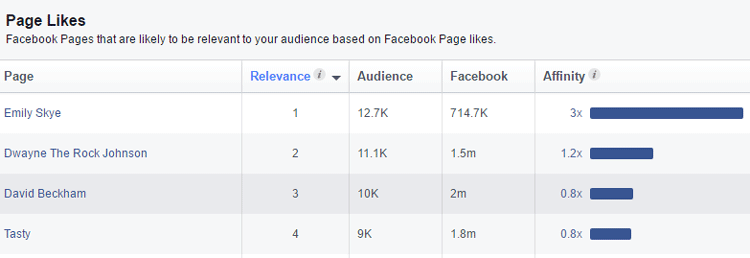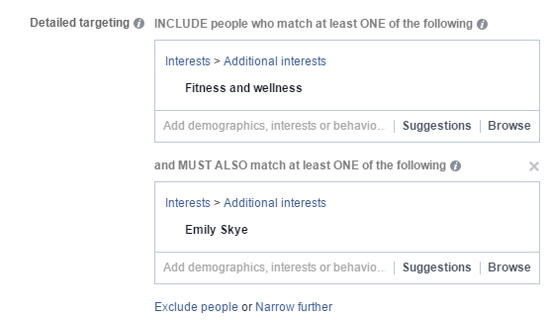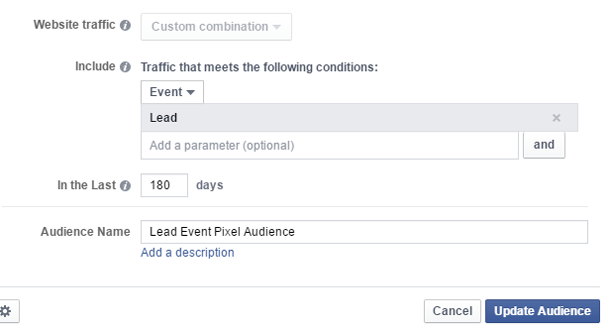Scaling Facebook Campaigns – The Right Way
So you've got a successful Facebook campaign. You may have read my last post on what not to do when you've found an ad set that works: quite possibly the worst thing you can do is add more money to your converting ad set. Well this post is all about what you should do when you find a campaign that works to continue building on that success. As data-driven marketers, we will be using analytical insights to identify new opportunities, so it is important that we have a statistically significant amount of data to start with.
Leverage audience insights
If you’ve been generating leads so far, it will go without saying that you will have a good sense of who your audience is, but the Audience Insights tool is a great way to find targeting options which you (or your competitors) probably haven’t considered.
Copy the targeting options from your best performing ad set into the Audience Insights tool, and you will gain demographics data on education, age, groups, location and gender. But where Facebook really excels is the customer insight gained from the ‘Page Likes’ tab which reveals the pages your audience is most likely to like. This type of insight can give you new targeting options which aren’t always obvious, but the data never lies!
In the example below, you can see that our audience is three times more likely to like Emily Skye, a fitness expert, than the average Facebook user. Given that this campaign is for the health and fitness sector, this makes a lot of sense.

In addition to using this insight to find new targeting options and audiences, you coud also use this insight to narrow your audience even further by combining interests to further refine your audience. This will reduce your current audience size, but by layering targeting options in this way you can expect to see click-through rate increase.

Create lookalike audiences from leads data
Install the Facebook Pixel on your website and then create a new custom audience of people who have converted. Once you have gained enough leads, use this audience as a source to create a new lookalike audience which will be based upon people who share similar interests as converted customers.

Use nested lookalike audiences
Let’s say that you’ve created a lookalike audience of the top 1% of people similar to those who have converted on your site, and this has worked well, but you want to scale even further, so you create a new lookalike audience for the top 2% of people similar to your source audience.
The problem with this approach is that by targeting the next lookalike tier in another campaign, you will experience audience overlap from the original campaign.
To overcome this, we use exclusion targeting to exclude the original 1% lookalike from the new 2% lookalike. Bear in mind that with each new lookalike tier, the audience will be less likely to convert, in which case you can adjust your CPC or budget accordingly maximise ROI.

New Placements
So far this post has only looked at expanding your reach to new audiences on Facebook, but did you know that can reach new audiences outside of Facebook within the Ads Manager?
Options include Instagram as well as Facebook’s Audience Network (similar to the Google Display Network but for mobile apps). Just select these placements when creating a new ad campaign.

Summary
Despite being one of the most powerful ad platforms ever seen, Facebook Ads will not run themselves. It is easy to set up a campaign and gain a few leads but you will always reach a point of diminishing returns if you leave a campaign to its own devices. With new features being rolled out constantly, Facebook gives today’s marketer the tools and the data to overcome these obstacles, so it pays to stay ahead of the game!
Follow my contributions to the blog to find out more about Paid Media, or sign up to the ThoughtShift Guest List, our monthly email, to keep up-to-date on all our blogposts, guides and events.
